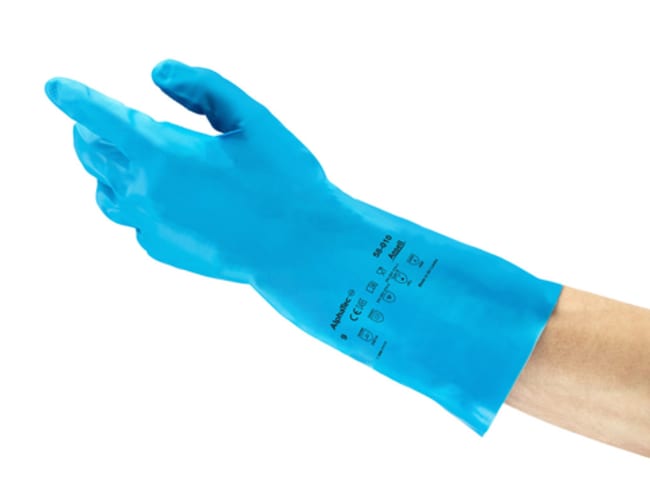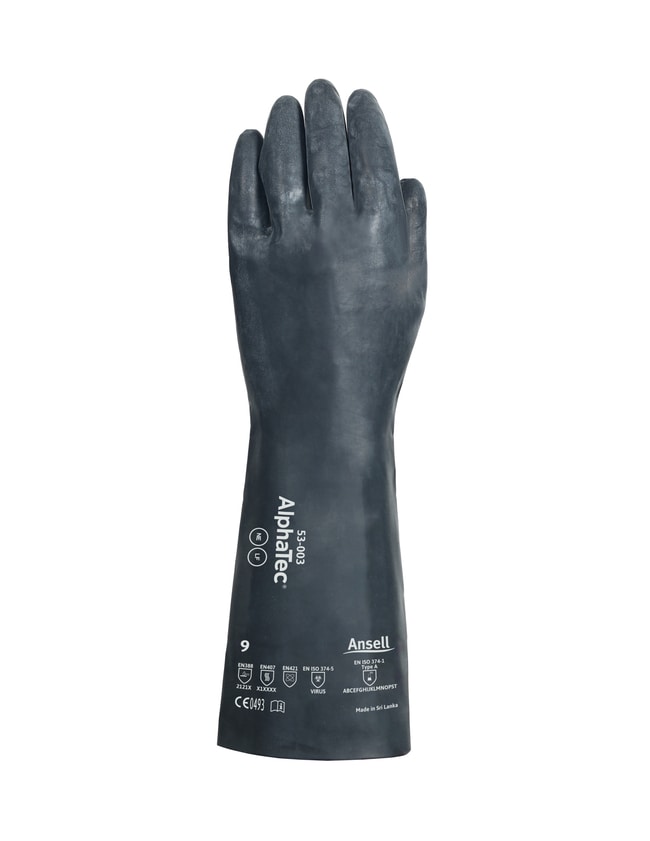
Chemical-Resistant Gloves
Chemical-resistant gloves are suitable for use in chemical plants and processing, petrochemicals, oil refining, transportation, janitorial work, and maintenance. For applications involving degreasing, as well as work with solvents and hazardous liquids, they are available in a wide range of materials.
Useful Links
Save Now - Exclusive Deals
Product Code 3080947
Product Code 8005362
Product Code 15324092
Product Code 8004829
Product Code 200019296
Product Code 7229015
Product Code 8005385
Product Code 143493
Product Code 200019970
Product Code 8002830
Product Code 7074281
Product Code 8000022
Must Have
Product Code 200049728
Product Code 15654756
Product Code 11736693
Product Code 7144740
Product Code 7241921
Product Code 11756733
Product Code 15633074
Product Code 8854004
Complete Your Order - Great Deals
Product Code 7161059
Product Code 8001515
Product Code 8003110
FAQ
Chemical-resistant gloves are made to withstand hazardous chemicals. Common types include:
- Nitrile Gloves: Resist oils, grease, acids, caustics, and solvents
- Neoprene Gloves: Protect against oils, acids, caustics, and solvents
- Butyl Gloves: Shield from gases and highly corrosive acids like nitric and sulfuric acid
- PVC Gloves: Effective against acids, bases, oils, and fats
- PVA Gloves: Resist many solvents but are damaged by water
- Viton Gloves: Resist chlorinated and aromatic solvents, as well as concentrated acids
The thickness of chemical-resistant gloves can vary depending on the specific application and the chemicals being handled. Generally, thicker gloves provide better protection but may reduce dexterity. Common thicknesses include:
- 4-8 mils (0.1-0.2 mm): Suitable for light chemical handling where dexterity is important
- 8-12 mils (0.2-0.3 mm): Provides moderate protection for a wider range of chemicals
- 12-18 mils (0.3-0.5 mm): Offers higher protection for more hazardous chemicals and extended exposure
- 18-30 mils (0.5-0.8 mm) and above: Used for heavy-duty chemical handling where maximum protection is required
Reusing chemical-resistant gloves depends on:
- Chemical Type and Concentration: Dispose gloves after exposure to highly corrosive or permeating chemicals
- Exposure Duration: Short-term exposure to less harmful chemicals may allow for reuse if gloves are inspected and cleaned
- Condition: Discard gloves with any signs of wear, degradation, punctures, or tears
- Manufacturer Guidelines: Follow instructions for reuse; some gloves are single-use
- Cleaning: Clean and decontaminate gloves as recommended.
- Storage: Store cleaned gloves in a cool, dry place away from sunlight and chemicals








-Copy.jpg-650.jpg)
.jpg-650.jpg)































